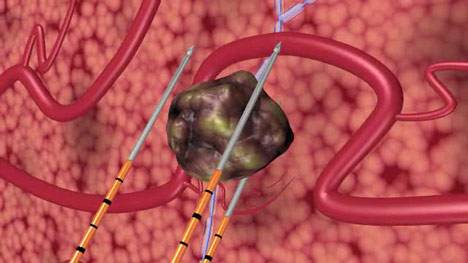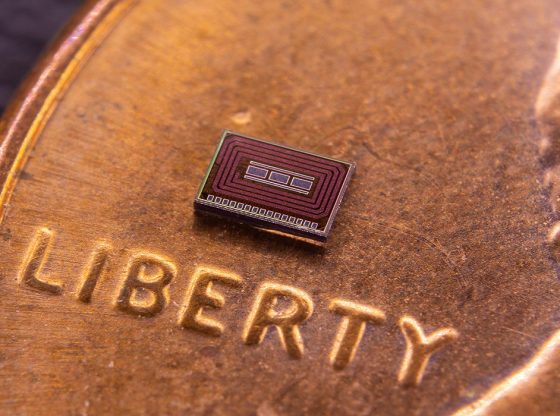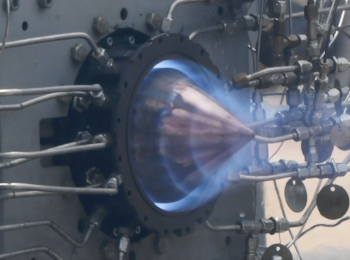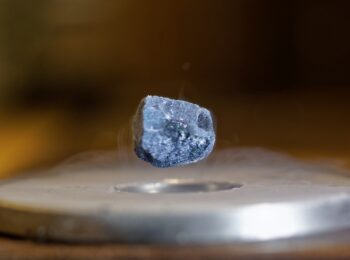
A new method to destroy cancer cells in the prostate has recently been introduced at a clinic in Germany. The method effectively destroys cancer cells using pulsating electric fields.
Electricity Compared to Radiation
The general principle to treat cancer using electricity has known for some time, but it is just recently that urologists at the clinic for prostate therapy in Heidelberg have developed a safe method and started using it.
The idea of treating prostate cancer with IRE ((irreversible electroporation) was first proposed by Gary Onik and Boris Rubinsky in 2007 (Irreversible Electroporation: Implications for Prostate Ablation).
They reasoned that since prostate tumors are frequently located near sensitive regions which might take permanent damage by thermal treatments or radiation therapy – IRE would have a distinct advantage.
The Method
The method makes use of ultrashort but strong electrical fields to create permanent and lethal nanopores in the cell membranes, resulting in cell death.
The method is sometimes called nano knife. There is no heat generated and the outer structure of the cell remains unaffected. Healthy cells can grow and organ function is maintained.
The doctors first position two to six electrodes around the treatment area. So that the electric fields can be directed and concentrated to specific targets. The placement of the electrodes is made after a careful examination of the tumor’s size and location using ultrasound and magnetic resonance imaging.
Although the electric current can be as high as 50 Ampere there are no unwanted thermal effects since the pulses of high voltage are as short as 70 microseconds.
The more common ultrasound-based treatment method is still being used at clinics. But the IRE method can be used for such tumors that are either too big or situated in bad and difficult locations.
_______________
Irreversible electroporation: implications for prostate ablation
______________________________






















